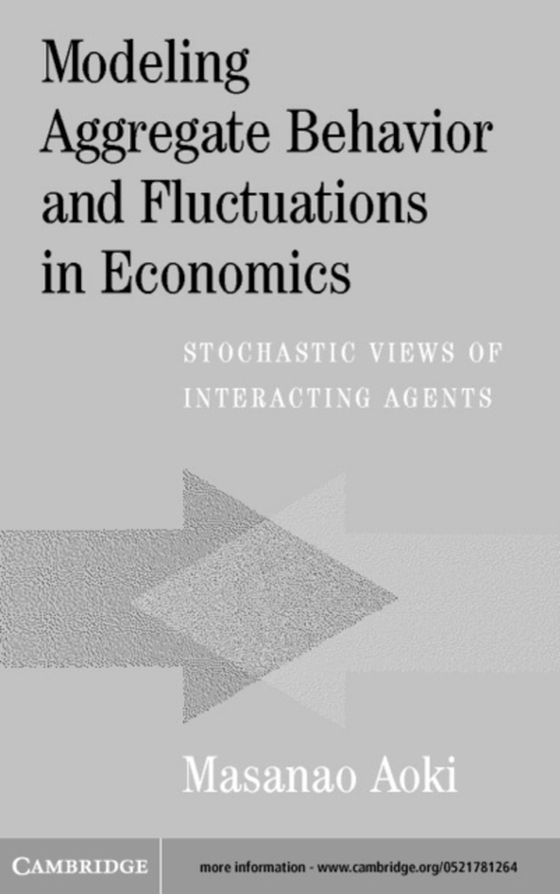
Modeling Aggregate Behavior and Fluctuations in Economics e-bog
948,41 DKK
(inkl. moms 1185,51 DKK)
This book has two components: stochastic dynamics and stochastic random combinatorial analysis. The first discusses evolving patterns of interactions of a large but finite number of agents of several types. Changes of agent types or their choices or decisions over time are formulated as jump Markov processes with suitably specified transition rates: optimisations by agents make these rates gene...
E-bog
948,41 DKK
Forlag
Cambridge University Press
Udgivet
28 januar 2005
Genrer
Econometrics and economic statistics
Sprog
English
Format
pdf
Beskyttelse
LCP
ISBN
9780511030741
This book has two components: stochastic dynamics and stochastic random combinatorial analysis. The first discusses evolving patterns of interactions of a large but finite number of agents of several types. Changes of agent types or their choices or decisions over time are formulated as jump Markov processes with suitably specified transition rates: optimisations by agents make these rates generally endogenous. Probabilistic equilibrium selection rules are also discussed, together with the distributions of relative sizes of the bases of attraction. As the number of agents approaches infinity, we recover deterministic macroeconomic relations of more conventional economic models. The second component analyses how agents form clusters of various sizes. This has applications for discussing sizes or shares of markets by various agents which involve some combinatorial analysis patterned after the population genetics literature. These are shown to be relevant to distributions of returns to assets, volatility of returns, and power laws.
 Dansk
Dansk

